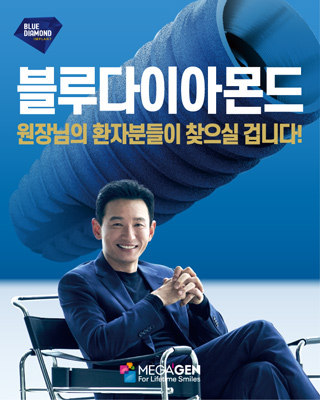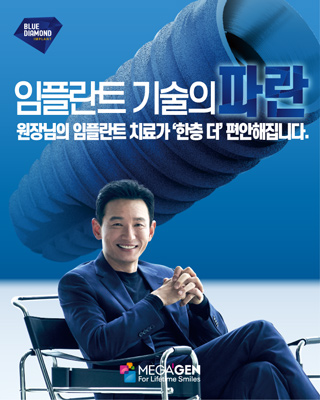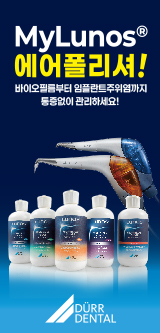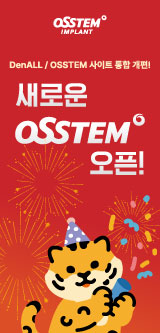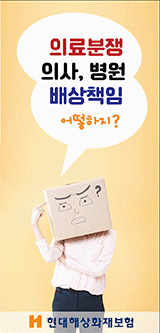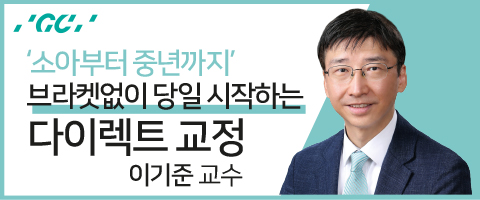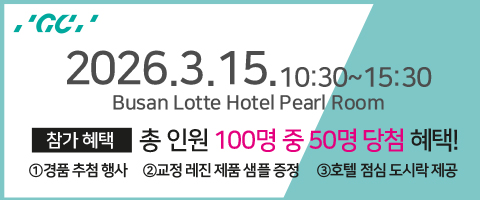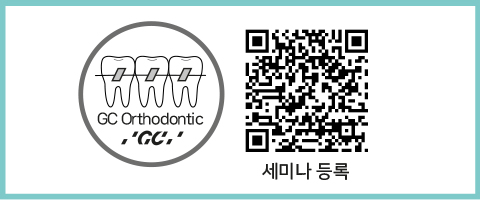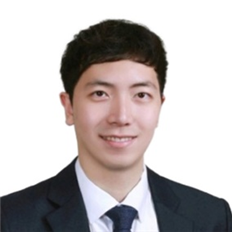
한국의 의료체계는 미국과 달리 공영보험이다. 정부가 의사가 제공하는 의료 서비스의 가격을 결정한다. 그래서 한국의 노인들은 거의 매일 병원에 간다. 치료비가 너무 싸기 때문이다.
그런데, 치과 치료는 예외이다. 소아 발치, 신경치료, 스케일링은 공영보험이 맡고 있으나, 크라운, 임플란트, 브릿지, 치아교정, 라미네이트 시술은 거의 환자가 부담하여야 한다.
그래서 한국인들은 치과 치료비가 너무 비싸다는 인식을 가지고 있다. 비싼 치과 치료비는 치과 환자들이 치과병원을 기피하는 하나의 원인이 되고 있다. 지금까지 제 경험에 비추어 보면, 한국인들이 치과를 기피하는 이유가 비싼 치료비도 있지만 치과 공포도 큰 비중을 차지하고 있다고 본다.
나는 미국대학에서 4년 동안 프리 덴탈을 공부하면서 의식하지 않았지만, 한국과 미국, 치과의사들의 환자에 대한 접근 방식을 살피게 되었다. 그 결과 한국의 경우 환자들이 치과 치료에 대하여 어떤 공포를 가지고 있는지에 관한 토론이나 연구가 지금보다 조금 더 활발해졌으면 좋겠다는 생각을 가지게 됐다.
공포를 경험한 환자들은 치통이 참을 수 없을 만큼 아파야 치과 병원에 가기 때문이다. 나의 치과 공포는 어린 시절 치과 치료 과정에서 강한 통증을 경험한 것에서 시작되었다.
나는 가끔씩 뉴욕주 치과의사협회(NYSDA), 켈리포니아 치과의사협회(CDA) 사이트에 방문한다. 거기서, 매달 정기적으로 발행하는 웹진을 읽으면서 최근 미국치과의 트렌드를 살펴보았다. 가장 기억에 남는 것이 CDA의 치과 공포에 관한 특집 컬럼들이었다.
미국도 치과 환자 10명 중 2명 이상이 치과 공포를 가지고 있다는 연구 결과를 보고, 치과 공포는 국경을 상관하지 않는다는 것을 알았다. 하지만, 미국 치과의사들은 치과 공포가 적기의 치과 치료를 방해하는 중대한 장애물로 인식하고 다양한 솔루션들을 제시하고 있었다.
그 중에서 가장 흥미로웠던 것은 어린이의 치과 공포를 줄이는 치료 대안들이었다. 치과 공포는 치과를 처음 방문하는 어린이 시절에 생긴다. 어린이 환자를 치료하는 치과의사들의 섬세한 접근이 치과 공포를 줄일 수 있다. 강한 통증을 유발하는 침습적 치료 수단을 가급적 회피하는 것이 가장 좋은 선택이다.
어린이 환자는 치과 의자에 앉는 순간 알 수 없는 공포에 휘말린다. 치료 시작에 앞서, 치과의사가 어린이 환자에게 치료과정을 상세하게 설명하고 어떤 치료 지점에서 통증이 발생하는지 미리 알려주는 것이 좋다. 동시에 통증이 오는 순간 참을 수 없다면 바로 중지신호를 울릴 수 있는 버튼을 손에 넣어주는 시도가 필요하다.
CDA 치과 공포에 관한 컬럼을 읽고, 결국 나는 치과 공포도 치과의사와 환자 간의 소통의 문제임을 배웠다. 어린이 환자와 치과의사 간의 라포 형성이 치과 공포를 줄이는 단서이다. 평소보다 약간 높은 톤으로 올리고 어린이 환자의 인내심에 칭찬을 하는 것은 그들에게 치과 공포로부터 벗어나고 성인이 되어도 자발적으로 치과 병원을 찾아오는 에너지를 준다.
치과의사들이 어린이 환자의 치과 공포를 줄이는 노력을 지속적으로 한다면, 점점 환자의 수가 늘어날 것이고 자연스럽게 삶의 질도 더 높아질 것이다. 코로나19 팬데믹 상황에서 환자 치료에 새로운 도전을 받고 있는 미국, 한국의 치과의사들 모두에게 마음 속의 응원을 전하고 싶다.
--------------------------------------------------------------------------------------------------------------------------------
<영문번역본>
Dental Fear as A Barrier To Oral Health.
Unlike the US, the healthcare system in South Korea is public insurance. The government determines the price of doctor medical services. So, too cheap treatment fee allows the elderly to go to the hospital almost every day. However, dental treatment is an exception. Only pediatric tooth extraction, Root canal, and scaling are covered by public insurance. The rest of the dental treatments, crowns, implants, bridges, orthodontics, and laminates are covered by the patient or private insurance. So, Koreans have a perception that dental treatment fees are too expensive. In light of my experience so far, Koreans avoid dentistry because there are costly treatment costs, but dental fear is also a big part. While studying a Pre-dental course for four years in the USA, I wasn't aware of it, but I looked at dentists' approaches in Korea and the United States to their patients. As a result, in Korea's case, I thought that it would be better if the discussion or research on what kind of fear patients have about the dental treatment would become a little more active than they are now. Patients who experienced dental fear don't go to the dental clinic until the toothache is unbearably painful.
My dental fear began as a child who experienced intense pain in the root canal process. I occasionally visit the New York State Dentists Association (NYSDA) and the California Dental Association (CDA) official sites. There, I looked at the latest trends in American dentistry by reading the monthly webzine. The most memorable was the CDA's featured columns on dental fear. In the United States, a study reported that more than 2 out of 10 dental patients have dental fear. However, dentists in the United States recognize dental fear as a critical obstacle to timely dental treatment and offer various solutions. Among them, the most interesting were treatment alternatives to reduce children's dental fears. Dental fear occurs when children visit the dentist earlier in their life. Dentists' delicate approach to treating children's patients can reduce dental anxiety. The best option is to avoid invasive treatments that cause intense pain as much as possible. When a child patient sits in a dental chair, he is caught in fear of the unknown. Before initiating treatment, the dentist should explain the treatment process in detail to the child patient and inform them in advance at which treatment point the pain is occurring. Simultaneously, if a child patient can't stand the moment the pain comes, the dentist needs to try him get a button that can sound a stop signal right away. After reading the CDA column on dental fear, I eventually learned that dental fear is also a matter of communication between the dentist and the patient. Rapport formation between child patients and dentists is a clue to reducing dental fear. Raising to a slightly higher tone than usual and praising children's patients for their patience gives them the energy to free themselves from dental fear and voluntarily visit the dental clinic for their life. If dentists continue to reduce dental fears in children's patients, their number will increase, and life quality will naturally increase. In the Corona 19 pandemic, I would like to express my heartfelt support to all dentists in the United States and Korea who face new challenges in treating patients.




